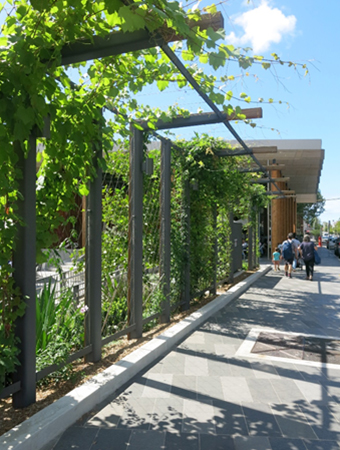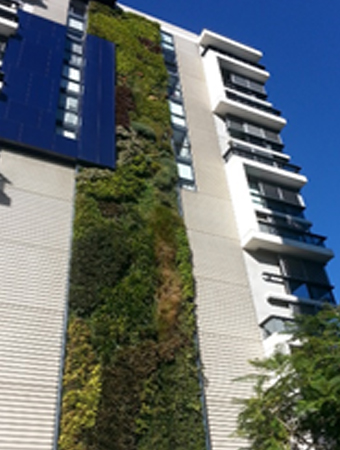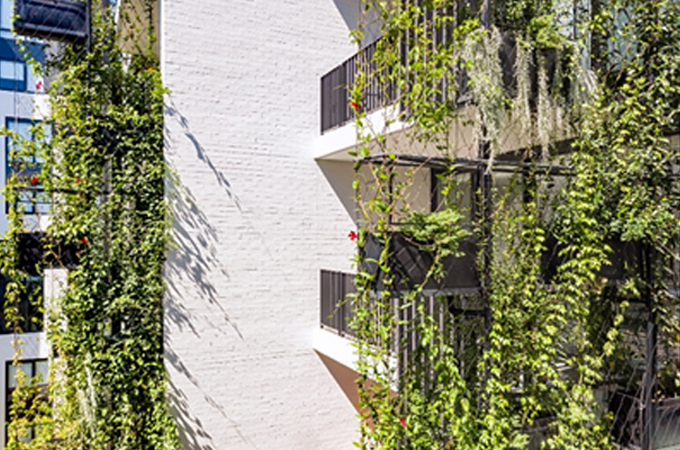Inner West Council releases guidelines for green roofs, walls and facades
City cooling is one of the most important issues on the water sensitive cities agenda. The heat stored in roads, buildings and other structures makes cities hotter than rural areas. When combined with less shading, less evapotranspiration and more waste heat from infrastructure and vehicles, cities are particularly vulnerable to the urban heat island effect and the dire consequences of heatwaves.

An urgent priority for city cooling is to add more green space and water—and many urban areas throughout Australia are making important strides in this direction. An excellent recent example is from Inner West Council in inner Sydney. Last month, the Council released its Green roofs, walls and facades technical guidelines for planning, designing, building and maintaining green roofs, walls and facades throughout the local government area.
The Inner West guidelines offer practical information and tools, including checklists and design specifications, to help practitioners understand, plan, design, construct and maintain green infrastructure and achieve cooler spaces.
Like Designing for a cool city (the CRCWSC's recently released guidelines for passively irrigated landscapes), the Inner West guidelines help water practitioners more easily incorporate water sensitive green infrastructure into city landscapes. They'll help inner west suburbs, such as Ashfield, Balmain, Camperdown, Haberfield, Marrickville and Sydenham, combat the urban heat island effect.
Natalie Pelleri, Senior Technical Advisory Officer with the Council’s Urban Forest and Ecology team explained the rationale for the new guidelines: ‘Sydney’s inner west is undergoing significant population growth and change. This presents challenges but also opportunities to enhance the area with green infrastructure and create a more liveable, resilient and sustainable community and environment.
‘We noticed a gap in guidance material published over the past five years or so, especially in Sydney, and slow uptake of vertical greening in the local government area,’ she said.
Natalie said the new guidelines will fill this gap and:
- increase the uptake of green roofs, walls and facades in the Inner West
- increase awareness and knowledge about green roofs, walls and facades
- promote green roofs, walls and facades and their benefits.


The Inner West Council guidelines will be particularly useful for building owners and tenants, property and facility managers, builders and developers, project managers, landscape architects, architects and engineers, and local government officers.
The CRCWSC congratulates Inner West Council for producing this important resource.